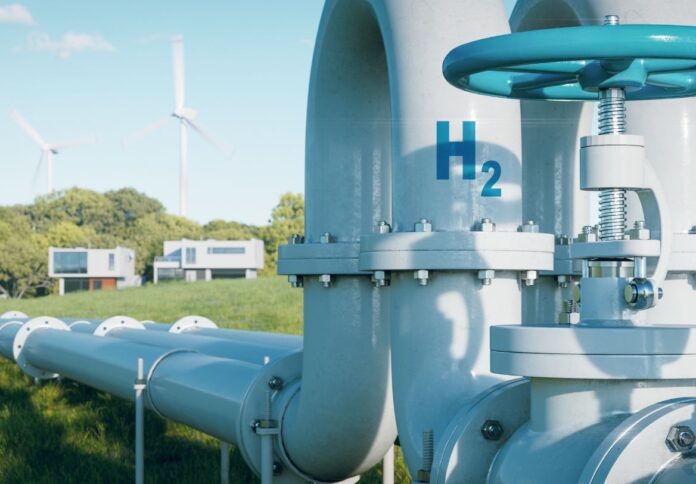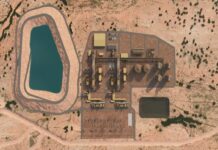
The Australian government has expanded the list of critical minerals deemed crucial to its energy transition and security requirements, adding fluorine, molybdenum, arsenic, selenium, and tellurium.
The updated Critical Minerals List has also removed helium, aligning Australia’s list more closely to those of international strategic partners. Critical minerals play a massive role in Australia’s transition to net zero.
In addition to the new list of critical minerals, the federal government also launched a new Strategic List of commodities, which includes copper, nickel, aluminium, phosphorus, tin, and zinc, which have well-established industries, greater global market depth, clearer price transparency, and stable supply chains.
The government also unveiled the Strategic Critical Minerals Hubs feasibility study to explore where the nation’s leaders could support critical minerals infrastructure precincts producing commodities likely to become subject to supply chain disruptions.
Critical minerals play a key role in Australia’s journey towards energy transition, while the newly listed commodities will support the defence and technology sectors.
The updated critical minerals list and the strategic hubs feasibility study are aligned with the national government’s Critical Minerals Strategy, which was released in June.
Minister for Resources and Northern Australia Madeleine King said the latest changes were developed following extensive consultations with industry players, the public, and states, and territories, and would help cement Australia’s position as a major exporter of clean energy materials.
“The updated Critical Minerals List and the new list of Strategic Materials will help government focus on those commodities needed to create jobs, keep us secure and power our economy,” Minister King said.
“Australian copper, nickel, aluminium, phosphorous, tin and zinc will be vital to the world’s energy transition, which is why for the first time ever we have articulated their economic and strategic importance by creating the new Strategic Minerals List.”
“Australia is well-placed to meet increasing global demand for minerals, with large endowments, technical expertise and established resources supply chains,” the minister added.
The Critical Minerals List and the Strategic Minerals List will be updated as needed, depending on economic and geostrategic dynamic changes.


















